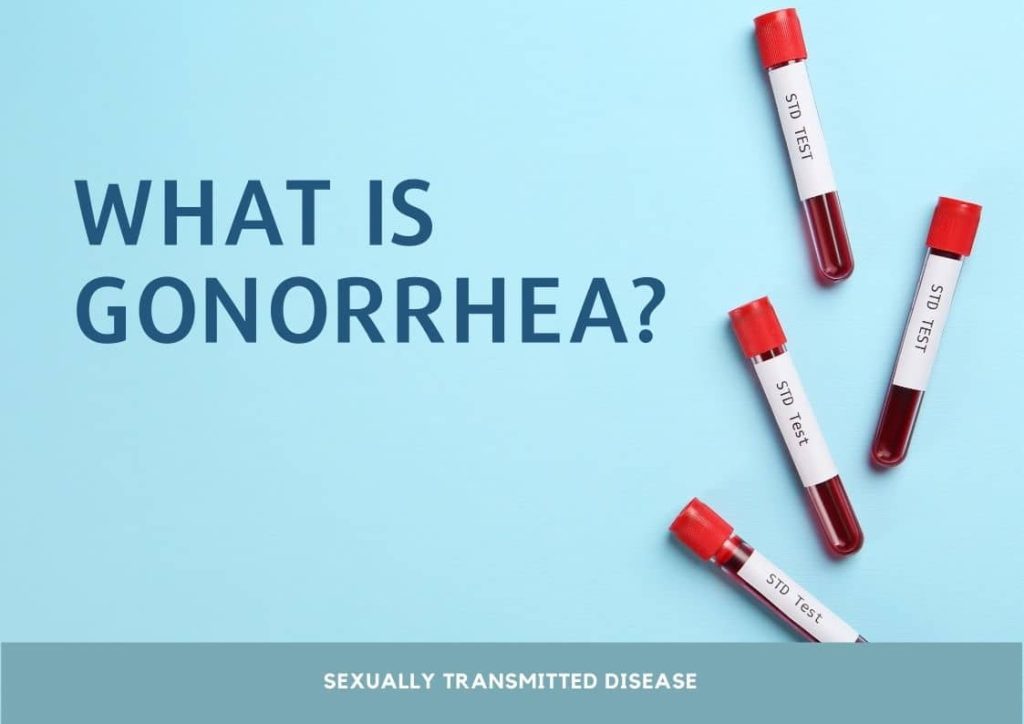Chlamydia is a common sexually transmitted infection (STI) caused by bacteria. People who have chlamydia often don’t have outward symptoms in the early stages. Women can get chlamydia in the cervix, rectum, or throat. Men can get chlamydia in the urethra (inside the penis), rectum, or throat. Chlamydia is a common STD that can infect both men and women. It can cause serious, permanent damage to a woman’s reproductive system. This can make it difficult or impossible for her to get pregnant later on. Chlamydia can also cause a potentially fatal ectopic pregnancy (pregnancy that occurs outside the womb). This article will discuss What is Chlamydia.
What causes Chlamydia?
Chlamydia is a sexually transmitted infection (STI) caused by a bacteria called chlamydia trachomatis.
Chlamydia infections spread through sexual contact, when vaginal fluid or semen containing the bacteria that causes chlamydia travels from one person to another. Sexual contact includes all kinds of sex, including sex that doesn’t involve penetration or ejaculation. There are lots of ways that the fluids from one person’s genitals can transmit the bacteria that causes chlamydia.

- Intercourse. Bacteria pass from one person’s penis to their partner’s vagina or vice versa.
- Anal sex. Bacteria passes from one person’s penis to their partner’s anus or vice versa.
- Oral sex. Bacteria passes from one person’s mouth to their partner’s penis, vagina, or anus, or vice versa.
Sex involving toys. Bacteria pass from a toy with the bacteria to a person’s mouth, penis, vagina or anus.
Manual stimulation of the genitals or anus. Less commonly, infected vaginal fluid or semen can come in contact with a person’s eye, causing an infection called conjunctivitis. For example, this can happen if you touch the genitals of an infected person and then rub your eyes without washing your hands first.
How is Chlamydia spread?
You can get chlamydia by having vaginal, anal, or oral sex with someone who has chlamydia and can be passed on through genital contact. This means you can get chlamydia from someone who has the infection if your genitals touch, even if you don’t have sex or ejaculate (cum).
- If your sex partner is male you can still get chlamydia even if he does not ejaculate (cum).
- If you’ve had chlamydia and were treated in the past, you can still get infected again. This can happen if you have unprotected sex with someone who has chlamydia.
- If you are pregnant, you can give chlamydia to your baby during childbirth.
Chlamydia can’t be passed on through kissing, hugging, sharing towels or using the same toilet as someone with the infection.
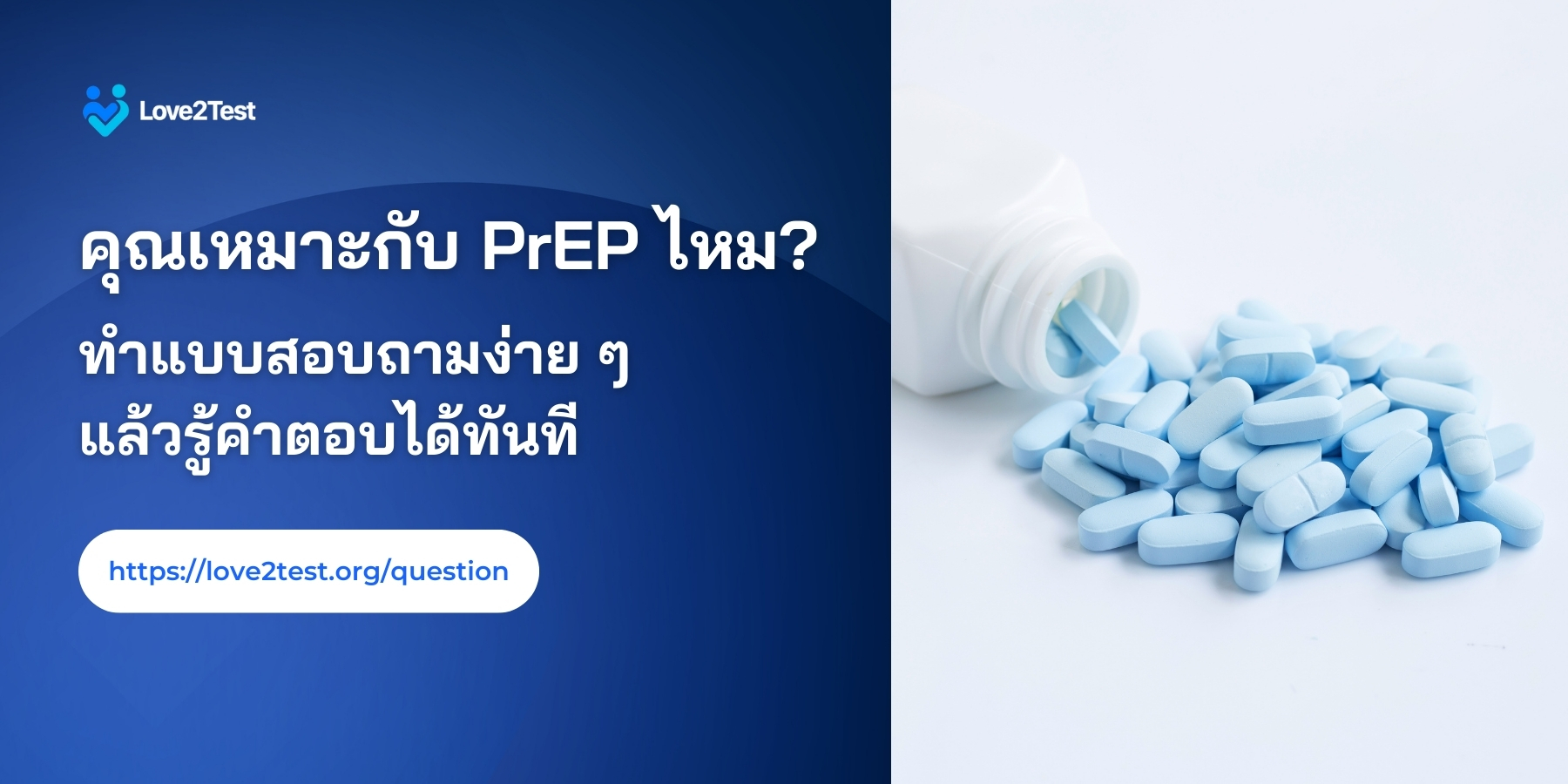
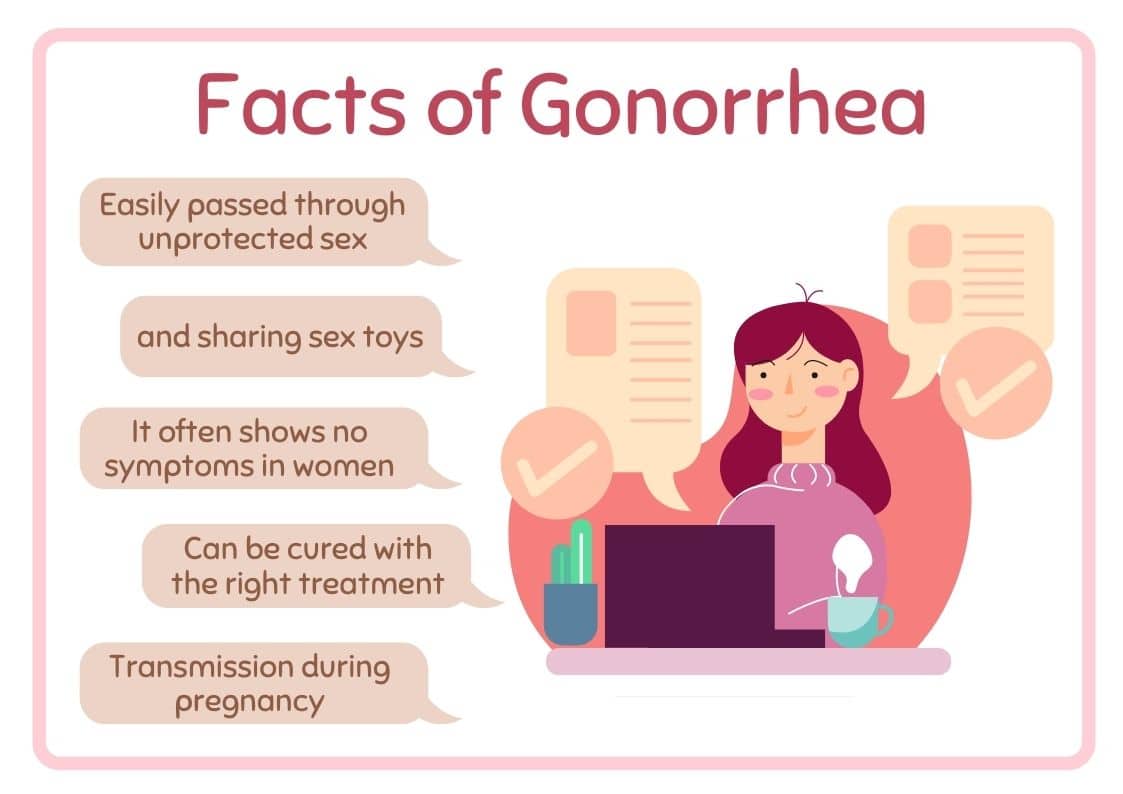
How can I reduce my risk of getting chlamydia?
The only way to avoid STDs is to not have vaginal, anal, or oral sex. If you are sexually active, you can do the following things to lower your chances of getting chlamydia:
- Use latex condoms the right way every time you have sex.
- Use barrier methods. Using a condom, dental dam, or other barrier method each time you have oral, vaginal, or anal sex can help significantly decrease the risk of infection.
- Get tested. Getting screened regularly for STIs can help prevent the transmission of chlamydia and ensure that you get treatment if needed. A doctor can help determine how often you should get tested, depending on your risk level.
- Communicate with your sexual partners. Having multiple sexual partners can increase your risk of chlamydia and other STIs. But you can decrease this risk by openly discussing STI prevention and using barrier methods every time you have sex.
- Avoid sharing sex toys. If you do decide to share any sex toys, wash them thoroughly between each use and cover with a condom.
Who is at risk of getting chlamydia?
- Chlamydia is more common in young people, especially young women. You are more likely to get it if you don’t consistently use a condom, or if you have multiple partners.
- having a sexual partner who is having sex with other people
- having a history of chlamydia or other STIs
Chlamydia Symptoms
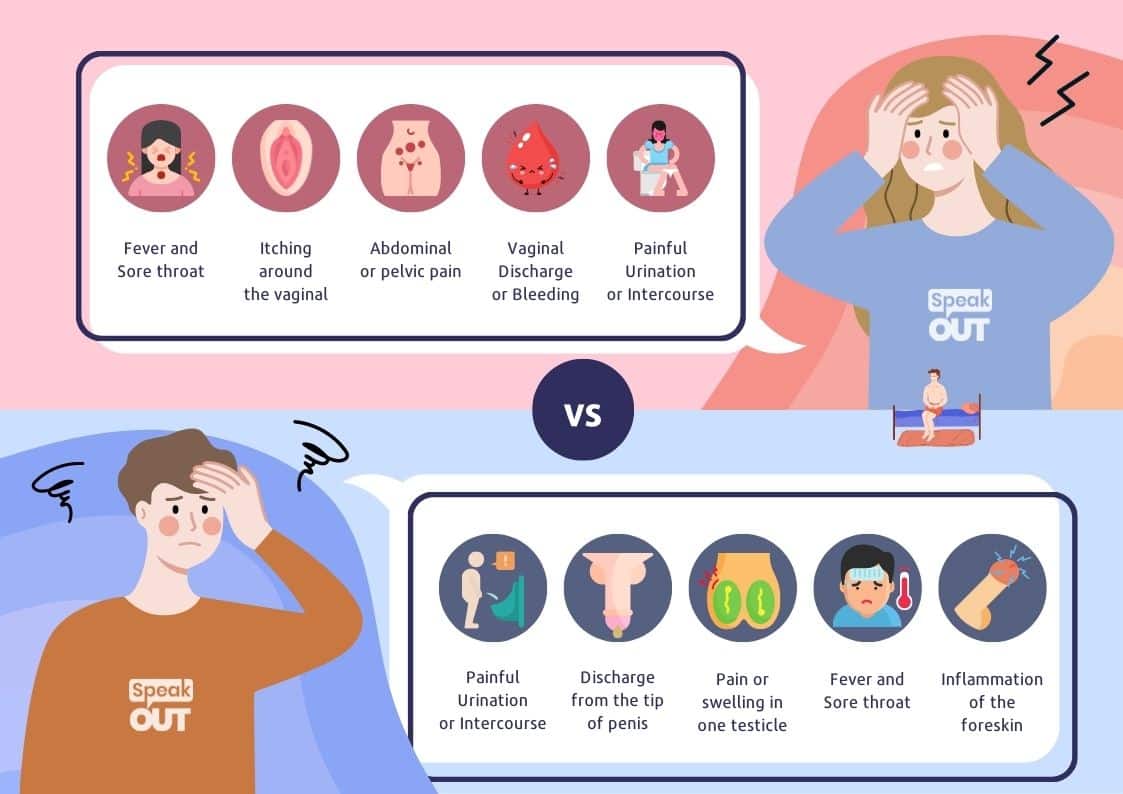
Chlamydia doesn’t usually cause any symptoms. So you may not realize that you have it. People with chlamydia who have no symptoms can still pass the disease to others. If you do have symptoms, they may not appear until several weeks after you have sex with an infected partner.
If you do get chlamydia symptoms, they usually show up within 1 to 3 weeks after contact.
Chlamydia symptoms in women
- Abnormal vaginal discharge that may have an odor
- Bleeding between periods
- Painful periods
- Abdominal pain with fever
- Pain when you have sex
- A burning sensation when urinating
- Itching or burning in or around your vagina
- Pain when you pee
- If the infection spreads, you might get lower abdominal pain, pain during sex, nausea, or fever.
Chlamydia symptoms in men
- Small amounts of clear or cloudy discharge from the tip of your penis
- Painful urination
- Burning and itching around the opening of your penis
- Pain and swelling around your testicles
- Unprotected sex can also lead to chlamydia in other body parts like your anus, throat, and eyes. Symptoms include:
Signs of chlamydia that all genders may notice
Chlamydia can affect parts of your body other than your reproductive organs, such as your:
- Anus. You may notice pain, discomfort, bleeding or a mucus-like discharge from your bottom.
- Throat. You may have a sore throat, but you usually won’t notice symptoms if the bacteria’s in your throat.
- Eyes. You may notice symptoms of conjunctivitis if C. trachomatis bacteria gets in your eye. Symptoms include redness, pain and discharge.
Complications
Chlamydia trachomatis can be associated with:
- Pelvic inflammatory disease (PID). PID is an infection of the uterus and fallopian tubes that causes pelvic pain and fever. Severe infections might require hospitalization for intravenous antibiotics. PID can damage the fallopian tubes, ovaries and uterus, including the cervix.
- Infection near the testicles (epididymitis). A chlamydia infection can inflame the coiled tube located beside each testicle (epididymis). The infection can result in fever, scrotal pain and swelling.
- Prostate gland infection. Rarely, the chlamydia organism can spread to a man’s prostate gland. Prostatitis can cause pain during or after sex, fever and chills, painful urination, and lower back pain.
- Infections in newborns. The chlamydia infection can pass from the vaginal canal to your child during delivery, causing pneumonia or a serious eye infection.
- Ectopic pregnancy. This occurs when a fertilized egg implants and grows outside of the uterus, usually in a fallopian tube. The pregnancy needs to be removed to prevent life-threatening complications, such as a burst tube. A chlamydia infection increases this risk.
- Infertility. Chlamydia infections — even those that produce no signs or symptoms — can cause scarring and obstruction in the fallopian tubes, which might make women infertile.
- Reactive arthritis. People who have Chlamydia trachomatis are at higher risk of developing reactive arthritis, also known as Reiter’s syndrome. This condition typically affects the joints, eyes and urethra — the tube that carries urine from your bladder to outside of your body.
When to see a doctor
See your doctor if you have a discharge from your vagina, penis or rectum, or if you have pain during urination. Also, see your doctor if you learn your sexual partner has chlamydia. Your doctor will likely prescribe an antibiotic even if you have no symptoms.
How is Chlamydia diagnosed?
The most common test for chlamydia is called a nucleic acid amplification test (NAAT). Your provider takes a sample of fluid by doing a vaginal/cervical swab or collecting a urine sample. Then, they send the sample off to a lab to check for the bacteria that causes chlamydia. Your provider may do the test in an office, or they may ask you to do an at-home chlamydia test. Follow your provider’s instructions carefully to ensure you get accurate test results.
Because most chlamydia cases are asymptomatic, it’s important to get screened for chlamydia even if you don’t notice any signs of infection. That sexually active cisgender women who are high-risk for chlamydia get screened regularly. Women, more so than men, experience the most severe complications from chlamydia. Transgender men and nonbinary individuals with vaginas should be screened regularly, too, as they can experience the same complications of chlamydia.
How is Chlamydia treated?
Antibiotics will cure the infection. You may get a one-time dose of the antibiotics, or you may need to take medicine every day for 7 days. Antibiotics cannot repair any permanent damage that the disease has caused.
To prevent spreading the disease to your partner, you should not have sex until the infection has cleared up. If you got a one-time dose of antibiotics, you should wait 7 days after taking the medicine to have sex again. If you have to take medicine every day for 7 days, you should not have sex again until you have finished taking all of the doses of your medicine.
It is common to get a repeat infection, so you should get tested again about three months after treatment.
Can Chlamydia be cured?
Yes, chlamydia can be cured with the right treatment. It is important that you take all of the medication your doctor prescribes to cure your infection. When taken properly it will stop the infection and could decrease your chances of having complications later on. You should not share medication for chlamydia with anyone.
Repeat infection with chlamydia is common. You should be tested again about three months after you are treated, even if your sex partner(s) was treated.
How long does chlamydia last?
With treatment, chlamydia should go away within a week or two. It’s important to take all antibiotics to fight the infection. Don’t have sex during treatment, or you could get reinfected.
Does chlamydia go away on its own?
You should never wait for chlamydia to go away on its own. Left untreated, chlamydia can cause serious harm to your health. If you are sexually active, you run the risk of infecting others, putting them at risk of experiencing severe complications as well
How to prevent Chlamydia
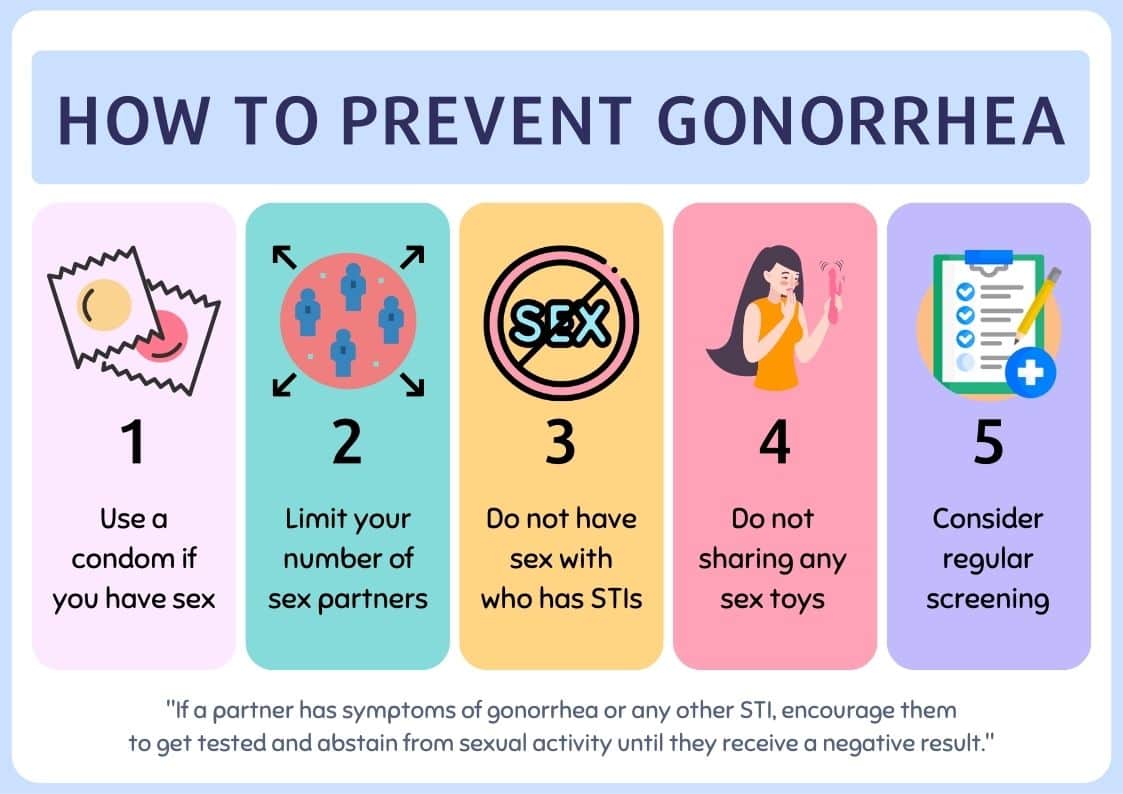
The surest way to prevent chlamydia infection is to abstain from sexual activities. Short of that, you can:
- Use condoms. Use a male latex condom or a female polyurethane condom during each sexual contact. Condoms used properly during every sexual encounter reduce but don’t eliminate the risk of infection.
- Limit your number of sex partners. Having multiple sex partners puts you at a high risk of contracting chlamydia and other sexually transmitted infections.
- Get regular screenings. If you’re sexually active, particularly if you have multiple partners, talk with your doctor about how often you should be screened for chlamydia and other sexually transmitted infections.
- Avoid douching. Douching decreases the number of good bacteria in the vagina, which can increase the risk of infection.
- Avoid having oral sex, or use protection during oral sex, until you and a new partner have been screened for STIs.
References
Chlamydia – CDC Fact Sheet https://www.cdc.gov/std/chlamydia/stdfact-chlamydia.htm
Everything You Need to Know About Chlamydia Infection https://www.healthline.com/health/std/chlamydia
Chlamydia Infections https://medlineplus.gov/chlamydiainfections.html
Chlamydia trachomatis https://www.mayoclinic.org/diseases-conditions/chlamydia/symptoms-causes/syc-20355349
Chlamydia https://my.clevelandclinic.org/health/diseases/4023-chlamydia
